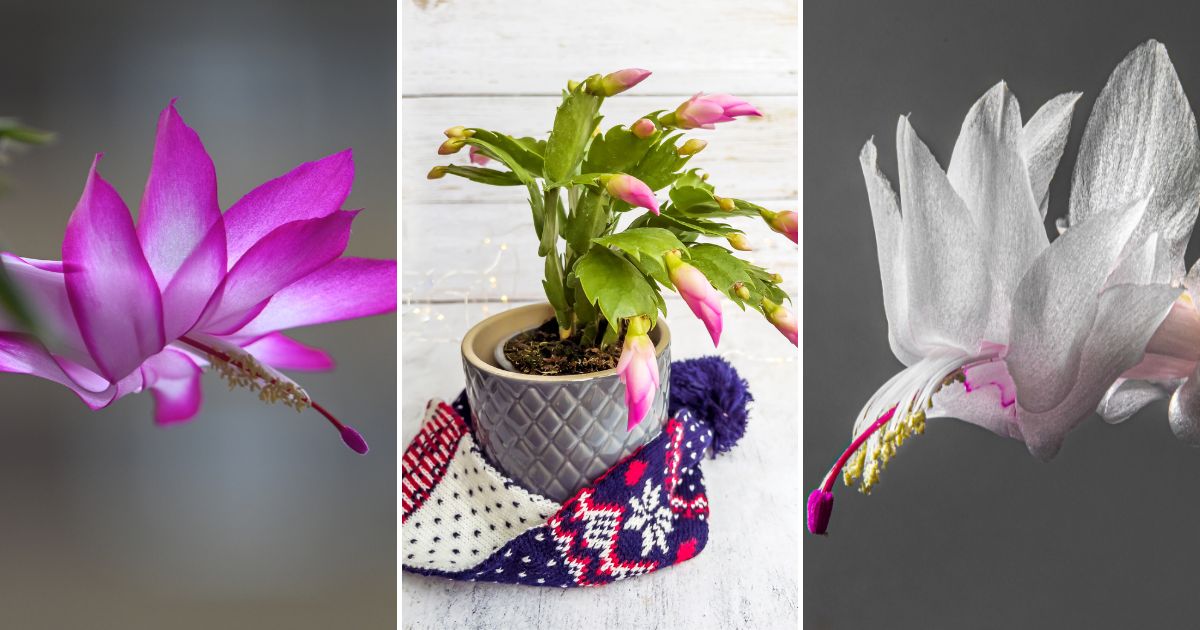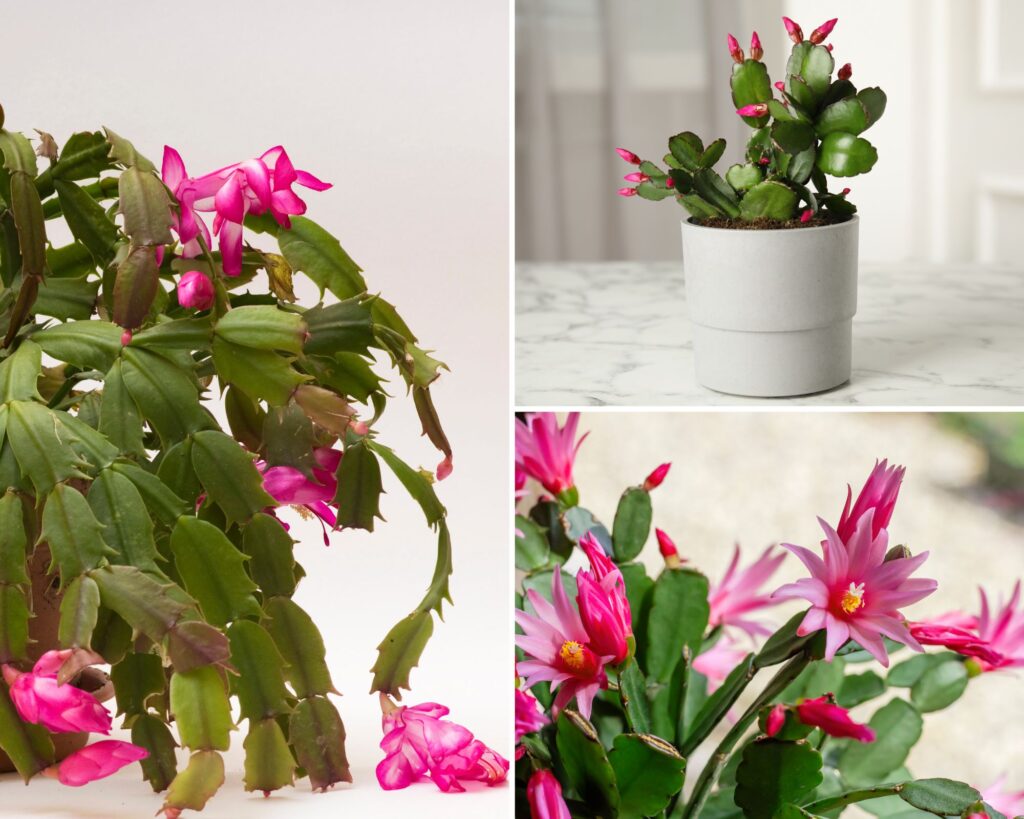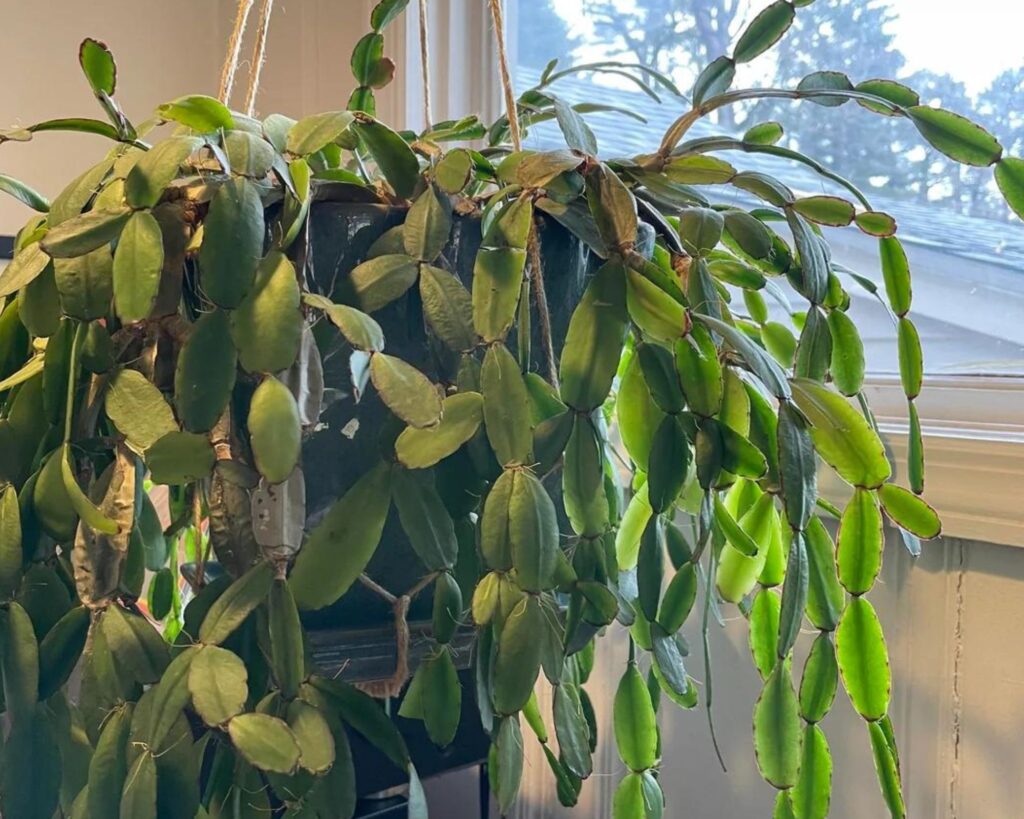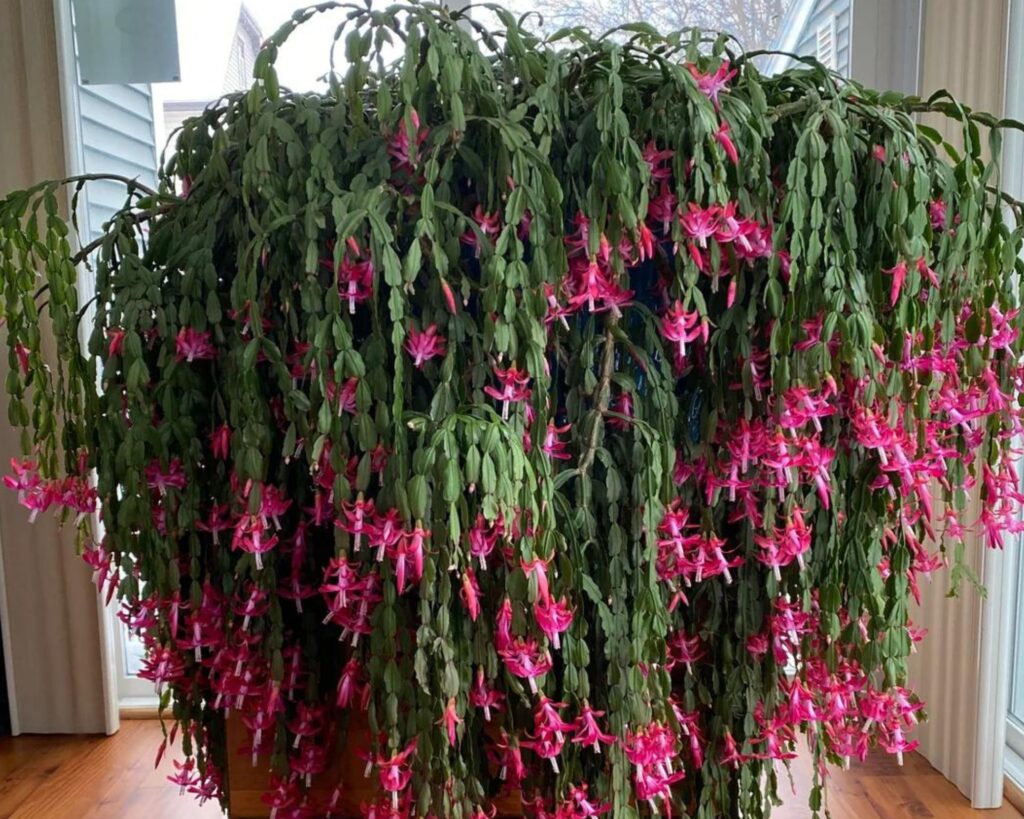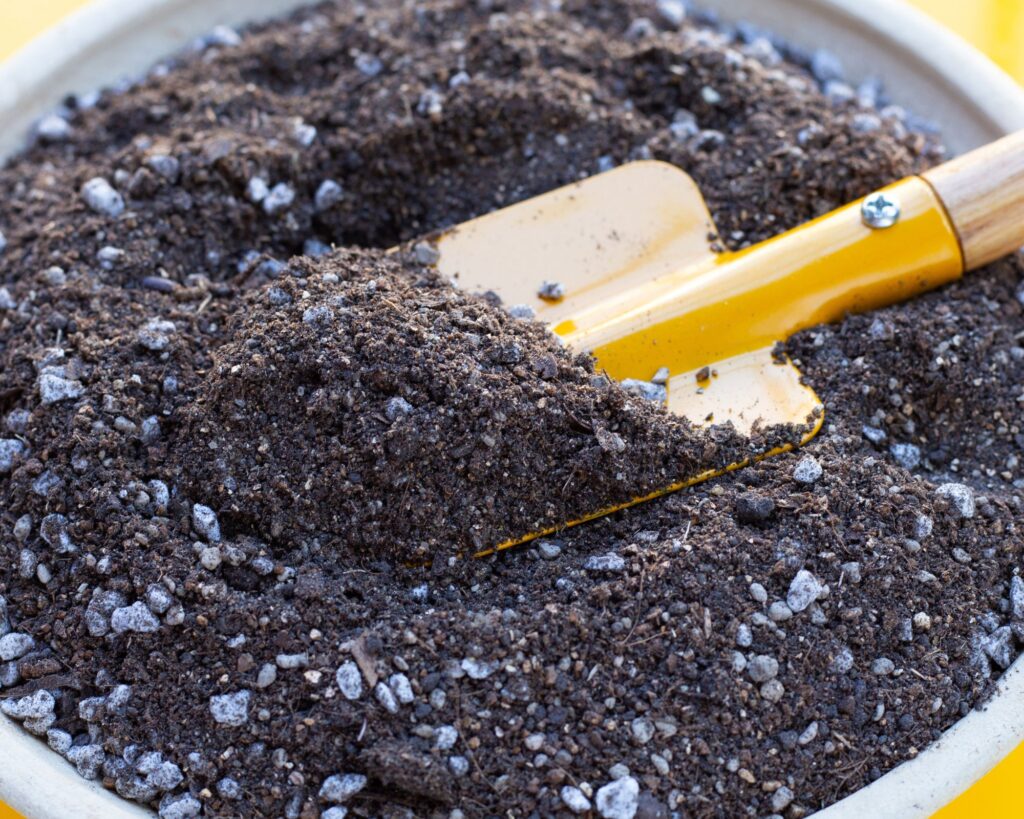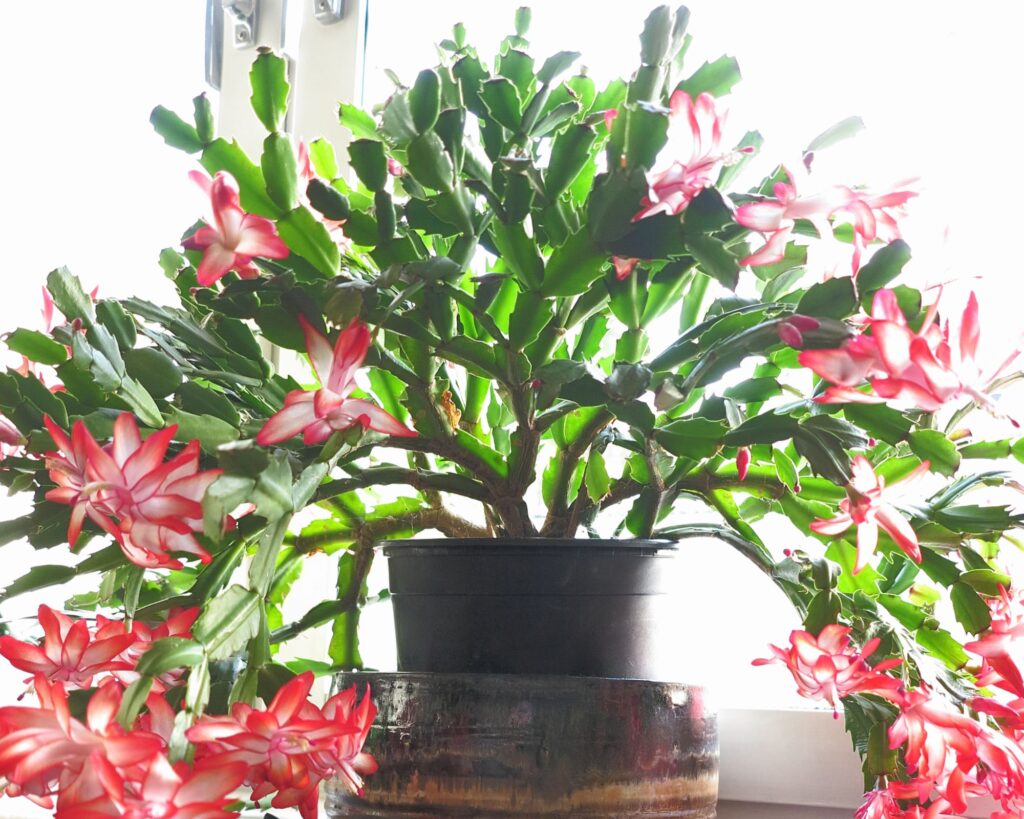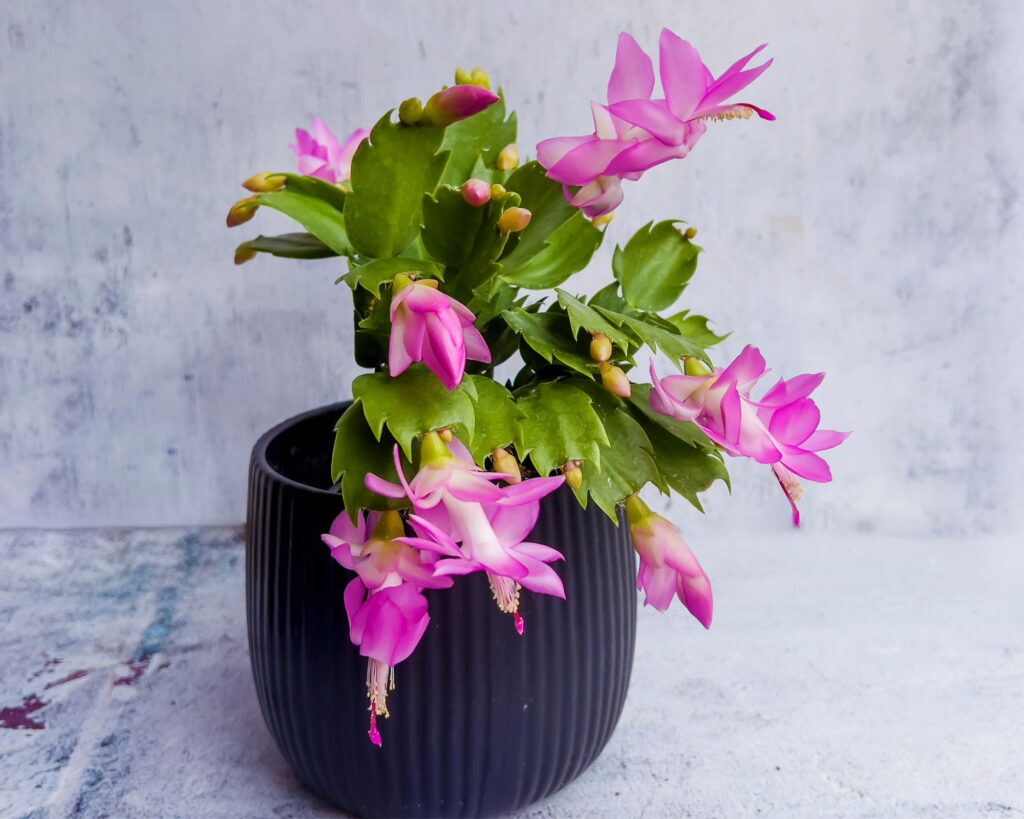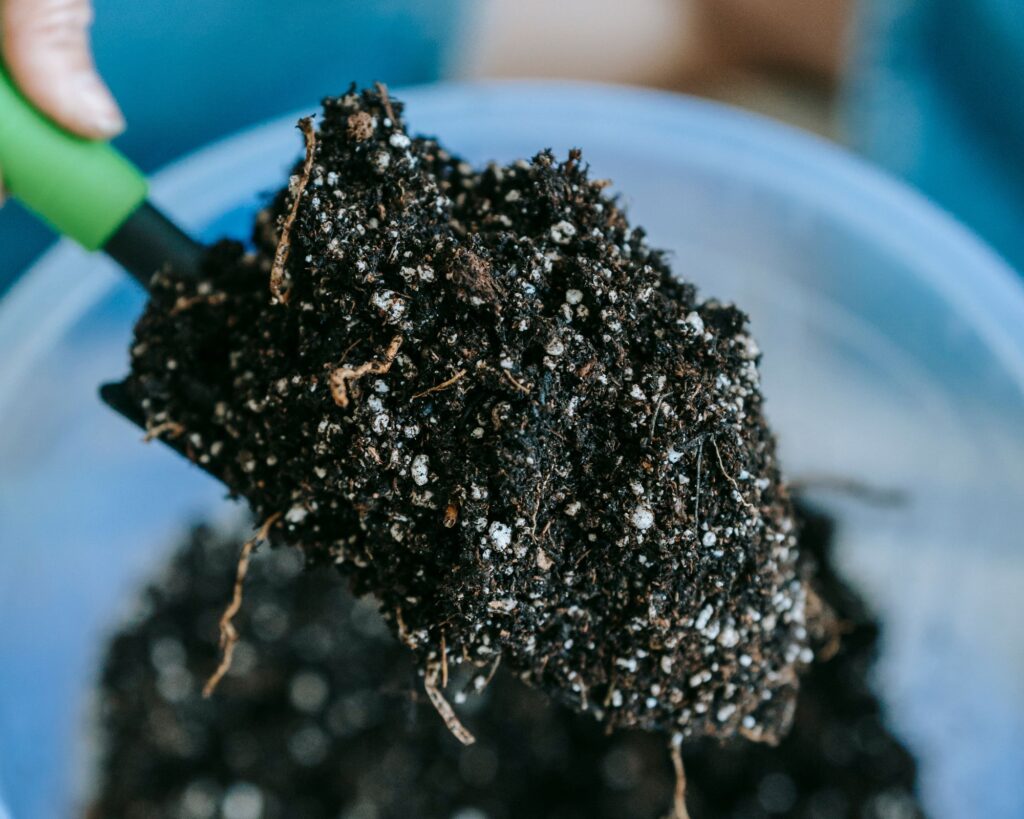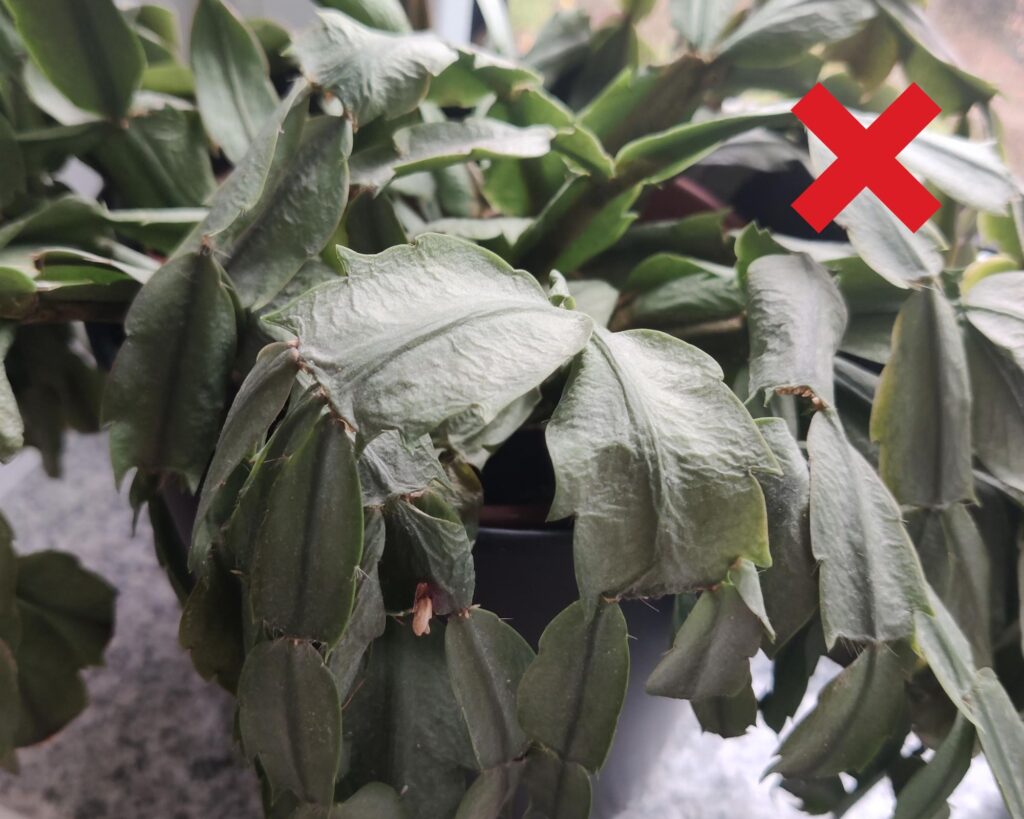Struggling to get your Christmas cactus to bloom at its best? You’re not alone. Many plant lovers find themselves frustrated by dry leaves or oversaturated soil that leads to poor growth.
But here’s the good news: caring for your Christmas cactus doesn’t have to be difficult.
With just a few simple adjustments to your watering routine, you can transform your cactus into a thriving, vibrant plant that lights up your home all season long. Let me show you how to get it right, so you can enjoy those bright blooms without the hassle!
Natural Habitat and Characteristics
The Christmas cactus is a delightful plant that brings a splash of color to indoor spaces during the holiday season.
By understanding its natural habitat and unique characteristics, you can easily differentiate it from similar plants and provide the best care possible.
The Christmas cactus originates from the rainforests of Brazil. In its natural habitat, it thrives in humid environments with indirect sunlight.
Rainforest conditions mean it needs well-draining soil to mimic its native habitat. Unlike typical desert cacti, this plant is a tropical species, growing in shady spots among rocks and trees. Its flattened stems and bright, tubular flowers bloom in pink, red, or white.
This cactus exhibits specific growing patterns. During its flowering period, it requires more moisture compared to the rest of the year.
Adaptable to indoor environments, it blooms in cooler temperatures and shorter daylight hours, often around the festive season.
Differentiating Christmas Cactus from Similar Plants
The Christmas cactus is often confused with its cousins, the Thanksgiving and Easter cacti. One way to identify it is by examining the leaf edges.
The Christmas cactus has scalloped, rounded edges compared to the Thanksgiving cactus, which has more pointed, claw-like segments.
Flowering times also help in identification. The Christmas cactus typically blooms in December, aligning with its name, while the Thanksgiving and Easter cacti bloom in November and around Easter, respectively.
Noticing the color and shape of the flowers also aids in differentiating these plants. The Christmas cactus produces flowers with a softer, curved appearance.
Understanding these differences ensures you provide the specific care each plant variety needs.
Identifying Thirst in Your Christmas Cactus
Ensuring a Christmas cactus thrives involves understanding its unique watering needs. Proper techniques and attention to seasonal changes are vital for maintaining its health and vibrant blooms.
Recognizing when your Christmas cactus is thirsty is key. Look for soft, limp leaves or leaves that wrinkle, as these signs often indicate the plant needs water.
Touch the soil with your finger. If the top inch feels dry, it’s usually time to water. Overwatering can harm your cactus, causing root rot, so it’s essential to get a feel for its natural cycle.
Climate and the environment affect its watering needs, so adjust accordingly.
Optimal Watering Techniques for Every Season
When watering your Christmas cactus, use lukewarm water. Ensure the water drains easily by using a pot with drainage holes to prevent root rot.
Aim for a thorough watering each time, letting any excess water drain away, ensuring the soil remains moist but not soggy. Consistency is key – try to water at the same time each week to help the plant adjust to your routine.
Avoid using soft or treated water that can harm the plant.
Your Christmas cactus’s watering needs vary with the seasons. During the growing season in spring and summer, it requires more frequent watering to support its growth.
In fall and early winter, as the plant begins to bloom, slightly reduce the frequency but maintain moisture. In dormancy, after blooming, further reduce watering until you notice signs of new growth.
Remember to adjust the schedule if your indoor humidity changes. By tuning into these seasonal shifts, you can support the plant’s health year-round.
Selecting the Right Pot
To ensure your Christmas Cactus thrives, choose the right pot and soil that provide proper drainage and nutrients. This will help maintain plant health and promote blooming.
When selecting a pot, size and material matter. Choose a pot with drainage holes to prevent waterlogging, as excess water can harm your plant.
Material Tips:
- Clay pots allow good air circulation but may dry out quicker.
- Plastic pots retain moisture longer, which is beneficial in drier conditions.
Size Matters:
- A pot that is too large can hold too much moisture.
- Opt for a pot that comfortably accommodates the cactus and allows slight root-bound growth to encourage blooming.
Best Soil Mixes for Drainage and Nutrients
A well-draining soil mix is essential for your Christmas Cactus’s health. It helps prevent root rot and delivers necessary nutrients.
Soil Composition:
- Use a mix of 75% potting soil and 25% perlite or sand for aeration.
- Cactus or succulent mixes work well, combined with additional compost for nutrients.
Consistency:
- Ensure the soil is airy and loose.
- Avoid heavy soil that retains too much water, as it can hinder growth and blooming.
These recommendations will create a supportive environment for your plant, encouraging vibrant growth and beautiful blooms.
Finding the Perfect Spot
To give your Christmas cactus the best chance to thrive, consider both sunlight and positioning. Finding a good spot and understanding seasonal light changes are key.
Place your Christmas cactus in an area with bright but indirect light. A north or east-facing window is often ideal. Direct sunlight can scorch the leaves, especially during peak sun hours.
If natural light is limited, a sheer curtain can help. This filters the light without blocking it completely.
Consider temperature, too. Your plant prefers a stable environment, avoiding drafts or heat sources. If the air is dry, misting around the plant can create a healthier atmosphere.
Sunlight Requirements Throughout the Year
The amount of light your Christmas cactus needs varies with the seasons. In spring and summer, the plant will benefit from more indirect light.
During the fall and winter, reduce exposure to mimic natural conditions. Move it to a spot with shorter daylight hours to encourage blooming.
Remember, less daylight promotes bud formation. As the days get shorter, a darker period of at least 12 hours each night is beneficial, especially before blooming season.
Pruning and Trimming Techniques
Proper care for your Christmas cactus involves pruning for healthier growth, following a fertilization schedule for vibrant blooms, and addressing common issues promptly.
Pruning your Christmas cactus is essential to maintain its shape and encourage bushier growth. The best time to prune is late spring, after blooming ends. You can trim one to two segments from the ends of each stem.
This not only helps manage the plant’s size but also stimulates new growth, giving your cactus a fuller appearance. Be gentle when removing segments, taking care not to damage the healthy parts of the plant.
Regular pruning once a year is typically sufficient for most Christmas cacti. Keep an eye on the overall health and growth to adjust your pruning schedule as needed.
Fertilization Schedule
Fertilizing your Christmas cactus can significantly impact its blooming and overall health. Begin feeding your cactus with a balanced houseplant fertilizer diluted to half strength after the bloom period ends in late winter.
Continue fertilizing every month from spring through early autumn.
Avoid over-fertilizing, as it can lead to foliage burn or poor blooming. During the dormant period in fall and early winter, reduce fertilization to allow the plant to rest. Use a product labeled 20-20-20 or 10-10-10 for the best results.
This regular feeding routine nourishes the cactus, ensuring it has all the nutrients needed for vibrant blooms and strong growth.
Detecting and Treating Common Issues
Keeping an eye out for signs of distress in your Christmas cactus can prevent small issues from becoming significant problems.
Common issues include overwatering, pests, and root rot. Watch for yellowing leaves or a wilted appearance, which may indicate too much water.
Reduce watering frequency if this occurs. For pest control, inspect the plant regularly for mealybugs or spider mites. Treat infestations with insecticidal soap or neem oil.
If root rot is suspected due to a musty odor or mushy stems, let the soil dry out completely and consider repotting in fresh, well-draining soil. Quick and appropriate action helps maintain a healthy and happy Christmas cactus year-round.
